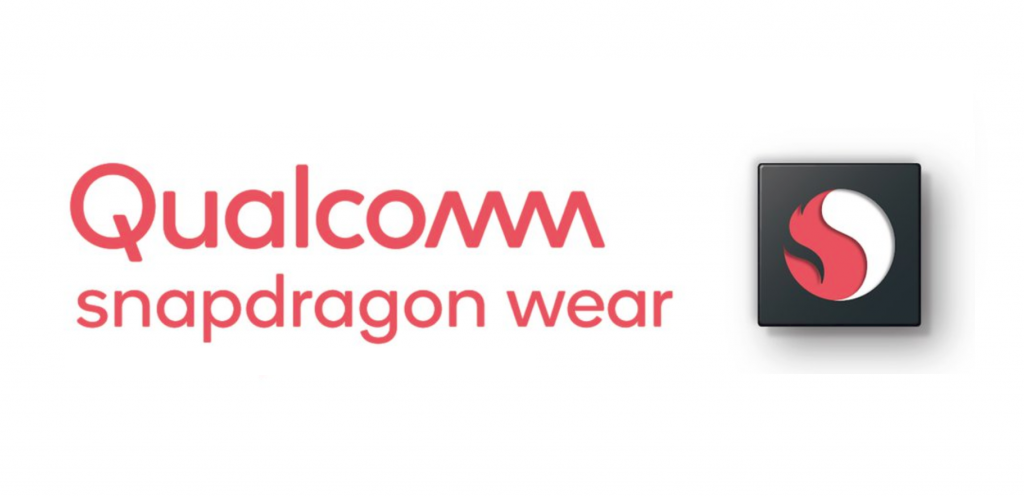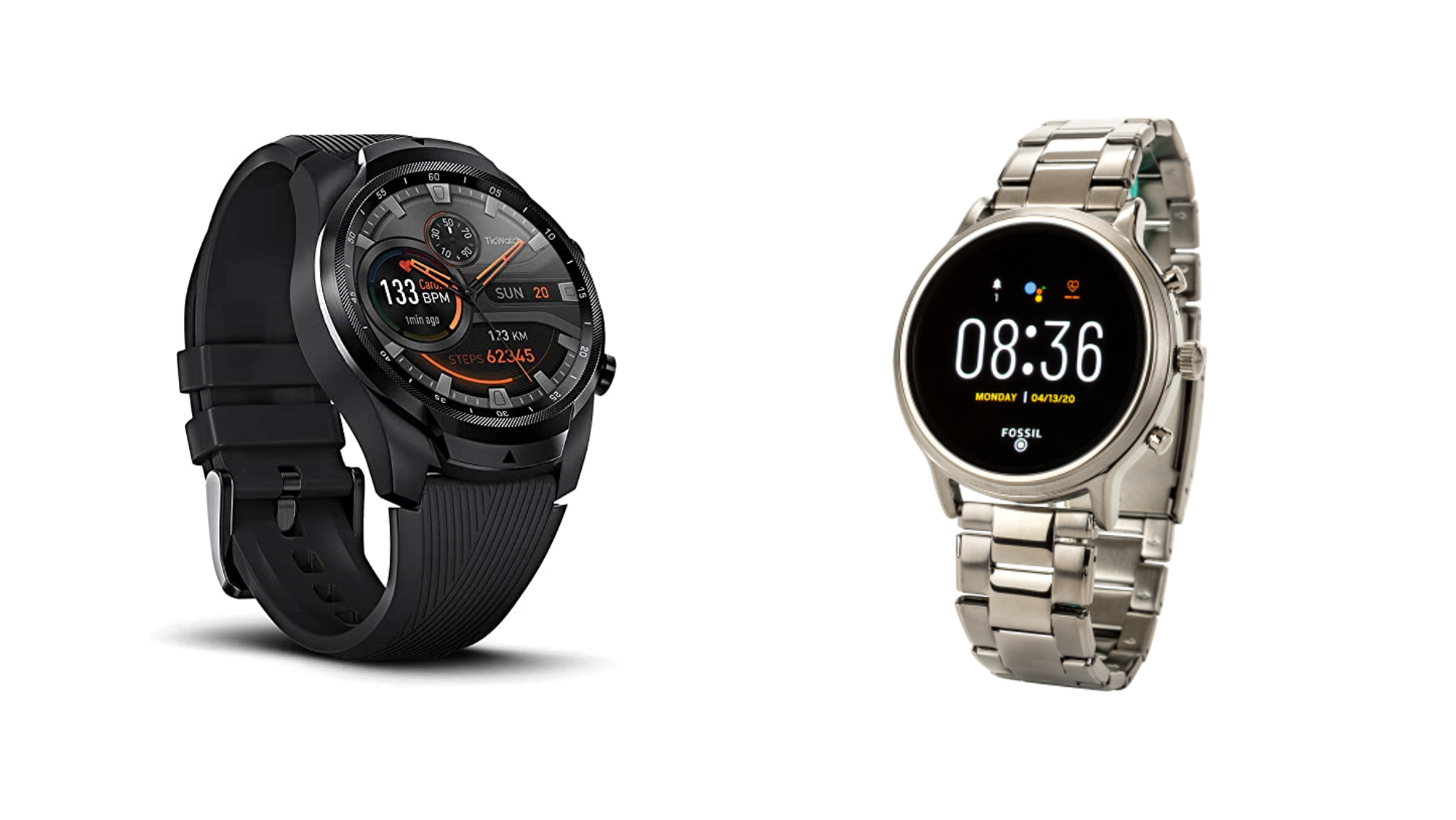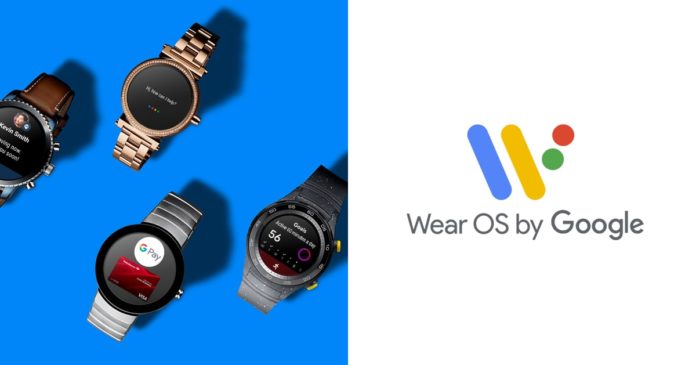Admission time: I’m a smartwatch fan, that’s not a huge surprise to those who know me but it’s an important point to make upfront. I want smartwatches to succeed, I’ve worn a smartwatch since the original Moto 360 hit the shelves and have tried each successive generation.
I see a lot of hate and disparaging remarks about Wear OS out in the tech punditry sphere. Claims of it being dead, unable to be revived or finished. All of these claims just feel self service and sensational to me.
I’d agree the platform has been stunted, held back by the lack of a truly great flagship device. But I don’t see it as beyond saving? Why? There’s no real competition for it yet.
No competition you say? What about Samsung, Huawei, Apple, Garmen etc. Yes there are other wearables on the market, and may very good at what they are trying to do. But they are not quite the same as Wear OS.
Apple is a closed shop and only meaningfully works with other Apple products. Huawei and Samsung are similar, they play better with Android but demand you use all Huawei or Samsung apps and services.
There is still a market for a more open, interoperable wearable OS that is more than just a fitness tracker with notifications. There is a market for a great wearable OS that plays well in other ecosystems.
Reviewing a Wear OS wearable falls into two broad categories, the software/ capabilities of the platform and the Hardware. Ever since version 2.0 of Wear OS the platform has matured into a stable and enjoyable platform. The hardware, less so.
Software
Wear OS has developed into a strong platform for a smartwatch. Wear OS allows you to remain aware of your digital going life without having to actually interact with them. Wear OS provides a great command and control oversight over your phone allowing you to customise exactly what makes it to your wrist and letting you choose what you want to do with that information.
Got an email you don’t care about? Dismiss it or delete it. Don’t care about email? Well it will never reach your wrist. The card based UI and four way gesture navigation puts a lot of control at the users fingertips.

One thing that actual differentiates Wear OS from some of the lighter wearables I have reviewed is the ability to interact with notifications. The cards are rich, and you options are more than simply swipe away the notification. Dismiss, delete, respond or interact, Wear OS provides the right developer hooks for meaningful interaction to notifications, there’s power and utility in this.
However there is more to a wearable platform that simple notification control, or at least their should be. Mobile payments has been a revolution in nations who have moved beyond antiquated payment card technology. Google Pay on Wear OS is a fantastic user experience and a delight to use each and every time.
While Google Pay is a walled garden in one sense, it has wider adoption that Samsung Pay or Garmin Pay for instance. This makes it more usable to the wider community, even iOS users can use Google Pay if they have a Wear OS watch (not that I think there are many of them).
The “qualified and quantified self” movement has moved well beyond step tracking and occasional HR monitoring. In 2020 table stakes includes always active real time HR tracking, sleep tracking, activity tracking, even oxygen saturation and yes, step tracking as a start.
While Wear OS as a platform can deliver all of that and likely more it’s the hardware, or specifically the battery life and performance that seems to make some of those harder to achieve.
Hardware
In the Wear OS hardware market place there is a plethora of choice, with an impressive array of devices still hitting the annual release cadence, despite the less than stellar performance of the ecosystem. So what’s holding the hardware back?
In our opinion there is a significant single element holding back Wear OS, lack of a decent processor or SOC. In the open market place there is really only one vendor making SOCs for wearables, Qualcomm. The Snapdragon Wear line of SOC is the only choice for the majority of the market.
Initially Intel had a wearable SOC, but they are completely of out the mobile SOC game now. Huawei has their own SOC for their wearables and Samsung also makes their own for their devices but they are not widely available for competitors.

This leaves Qualcomm as the last company standing. The original Snapdragon Wear 2100 had similar internals and model number to a Snapdragon 210 SOC, a low power circa 2014 SOC. Released as the Snapdragon Wear 2100 this original wearable processor was lack lustre to say the least, performance was poor, battery life was poor and responsiveness was worse.
Over the next few years Qualcomm released two ‘refreshes’ to the Wear 2100, in the Wear 2500 and Wear 3100. Both of these were based of the same 28nm fabrication using the same 32 bit 1.1GHz Cortex A7 cores. While the Wear 3100 did deliver a feeling of improvement in performance, devices using it still were not 100% consumer ready.
This week Qualcomm announced their next generation of wearable SOC, the Snapdragon Wear 4100 platform. Comprising of two variants the Wear 4100 and Wear 4100+ both of these represent a substantial move forward for the market.
Seemingly based on a 2018 Snapdragon 429 the 2020 Wear 4100 is based on a 12 mm fab process including a 64 bit 4 x 1.7 GHz Cortex A53 cores and Bluetooth 5.0. The plus variant includes a dedicated AON (always on) processor designed to handle the low power ‘wearable tasks’, such as time, fitness tracking and wake detection.
Overall Qualcomm is promising an 85% improvement in overall performance and with this generation leap in fabrication and core technologies in the Wear 4100 it’s certain to deliver a better overall performance and improved battery life. The 85% claim needs toeb see nto be believed.
With the Snapdragon Wear 4100+ we now have a SOC that may provide the power and battery life needed to deliver a consumer usable Wear OS device. While that still needs to be proved it feels achievable. Now we need a great OEM to make a great device.

In the Wear OS space there are several players, but two of these stand out as dedicated to the platform, Mobvoi and Fossil.
We’ve meet the Mobvoi team, they make things for geeks and are proud of it. They’re not the largest company in the world and as such don’t have vast resources but their commitment to Wear OS has continued.
Qualcomm has confirmed that Mobvoi will be releasing a new TicWatch Pro using the Wear 4100 platform, we just hope it’s the Wear 4100+ SOC. With Wear OS 2.0, a Wear 4100+ SOC and Mobvoi’s experience in making wearable the TicWatch may just be a great device, we can’t wait to find out.
Fossil is not a scrappy upstart, and their commitment to Wear OS seems to be more based on wanting to have a digital product in their line up. That said with Fossil releasing a vast number of brands and styles of devices each year if they also adopt the Wear 4100+ into their next platform then we may see an explosion of consumer-grade good Wear OS devices hit the market.
Watches are a strange thing — half fashion, half utility. This does make it hard to have that one device that is great for everyone, that said Apple has just forced thir users int oa one size fits all approach, and they’re eating it up.
What Wear OS really needs is that one great device. And honestly there is one company more than any other who should be making it.

The fact that Google has still, to this date, not released their own Wear OS device is almost inexcusable. There is one excuse we would accept, that they could not make a device worth of the pixel brand and so made nothing.
If Google looked at the available components and determined they could not brand a sub-par user experience device with the Google / Pixel brand we’d understand that. Here’s the thing, if that is the case it is still inexcusable that it has taken six years for a possibly decent processor to be released.
In that time Google has invented entirely new micro processing architectures for AI, they have the experience and resources to have developed or help develop a decent wearable processor before now. Whatever the reason, it’s time Google stood up for their own ecosystem.
Huawei and Samsung (and apple) have both been investing in their own wearable platforms and are starting to build viable ecosystems, Google is having their butts handed to them basically by all the major players, and some of the little ones.
The time for excuses are gone, Google has their own Hardware division, they have acqu-hired the majority of HTCs mobile division, they have purchased unknown wearable technology from Fossil, they’re acquiring FitBit. If Google is invested in their android ecosystem they have to come to market with devices across the spectrum.
More and more phones are becoming redundant, and more and more mobile technology is becoming about the ecosystem. To have a viable platform that competes with Apple, and even their own OEM partners in Samsung and Huawei Google needs a coherent ecosystem of devices.
Phones, Earbuds, Watches, Tablets, Laptops. This is the modern play for hardware companies. Google needs to decide if they are a hardware company and if so, they need to catch up, and now.
Yes Google has phones, and we think Good ones, they even have laptops and if you like ChromeOS they’re also top of the line. Google has splashed into the hearing accessory market, they seems to have fallen short of greatness but at least they’re trying.
Smartwatches and tablets are where the Android/ Google ecosystem is falling short. Google just needs to make great hardware first, worry about market sucess later, they can afford it.
In the end 2020 might be the year that Wear OS gets a truly great consumer ready wearable. If it is I’ll be here to shout it from the top of the web, but if it’s not my love for wearables will not be enough for me to let it slide.
OK Google, time for a great Smartwatch.





Google Pay in Wear OS only work in some countries.
From where I live, Google Pay is supported on phone only, meaning my Ticwatch Pro is useless for payment.
Why Google did not make it happen is a great mystery.
https://support.google.com/wearos/answer/7643998
just out of curiosity duncan. What smartwatch do u use at the moment
I move between a TicWatch Pro (original) and Fossil Hybrid.
I love my Fossil Gen5. The fitness tracking is next level. The fact that it can detect the difference between all sorts of weight training exercises and count the reps of each is amazing. The sleep tracking seems to be quite good too. I use that to control the time my alarm wakes me up each day. Very cool
Is that automatic or manual between excersizes?
Mobvoi must launch the LTE watch in Australia ASAP
I payed $170 to my Amazfit GTR Lite (I had a Huawei Watch years ago) and it gives me 90% of want I need compared to the $500 Fossil I was looking at. If Google want me to come back I need more from them, at least a week of battery life to start with and the Fit app needs a lot more functionality (GPX files for instance). Also wireless charging.
Add this stuff and I will think about coming back.